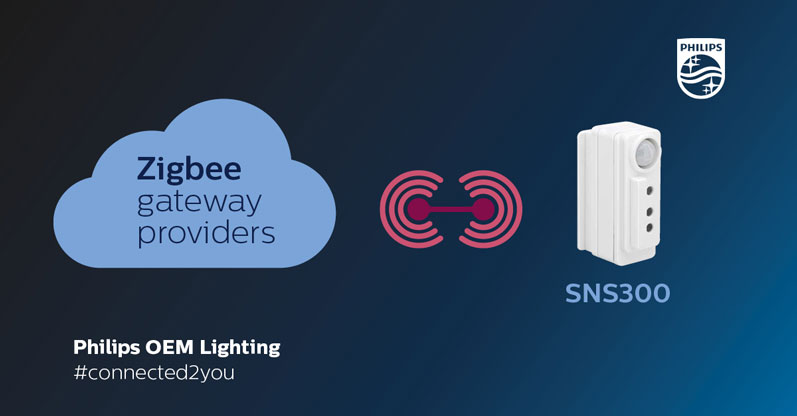Most facility managers are initially motivated to take up connected LED lighting to reduce energy costs. Based on the 2017 field study1 by the Design Light Consortium (DLC) in the US, network lighting control (NLC) systems can potentially produce an additional 47% of energy savings to an existing lighting system. Connected LED lighting is also an obvious way to meet sustainability compliance and the investment pays for itself. No brainer.
What is less understood however, is that the savings don’t start and stop with energy efficiency. If you’re in charge of an office or building, connected lighting can help you get smart about occupancy and the use of space as well.
1 Source: https://www.designlights.org/lighting-controls/reports-tools-resources/nlc-energy-savings-report/
A sense of space by placing a sensor in every fixture
One of the simplest ways to save money is to only use lights when you need them. This means using occupancy detection in every fixture to understand when people are present and automate the use of lighting. Imaginative new IoT platforms from Signify and our partners are now extending this kind of control to capture, store and combine information. For the first time facility managers can see how space is used. Most importantly, they can make adjustments to cater more accurately for what they need, when and where.

It’s all made possible by an innovation from Signify: a SR LED driver that makes it easy and affordable to integrate a sensor into the light fixture. When these are installed you create a ‘digital ceiling’ which also enables the transport of useful information about the building. Managers can understand their use of lighting and space and make savings. Workers get optimized and automated control of the lighting in their workspace.
More to come
We’re just at the start of what lighting with integrated sensors will make possible. Signify is working with partners who are bringing unprecedented innovation to buildings and public spaces the world over. Stay tuned.

Global Product Manager
Signify

Lights down, savings up
Wasted energy is hugely expensive for homes, businesses, governments, and the planet. And yet the solution is remarkably simple.

Sensor-Ready (SR) driving the (r)evolution of DALI into the IoT
Learn how DALI evolved into the new SR interface to provide a wireless-enabled infrastructure for the IoT.

Standardization is key for driving smart lighting adoption
To address the pitfalls of smart lighting, the lighting industry is converging toward a common set of standards with respect to lighting control, power metering, and asset tracking.